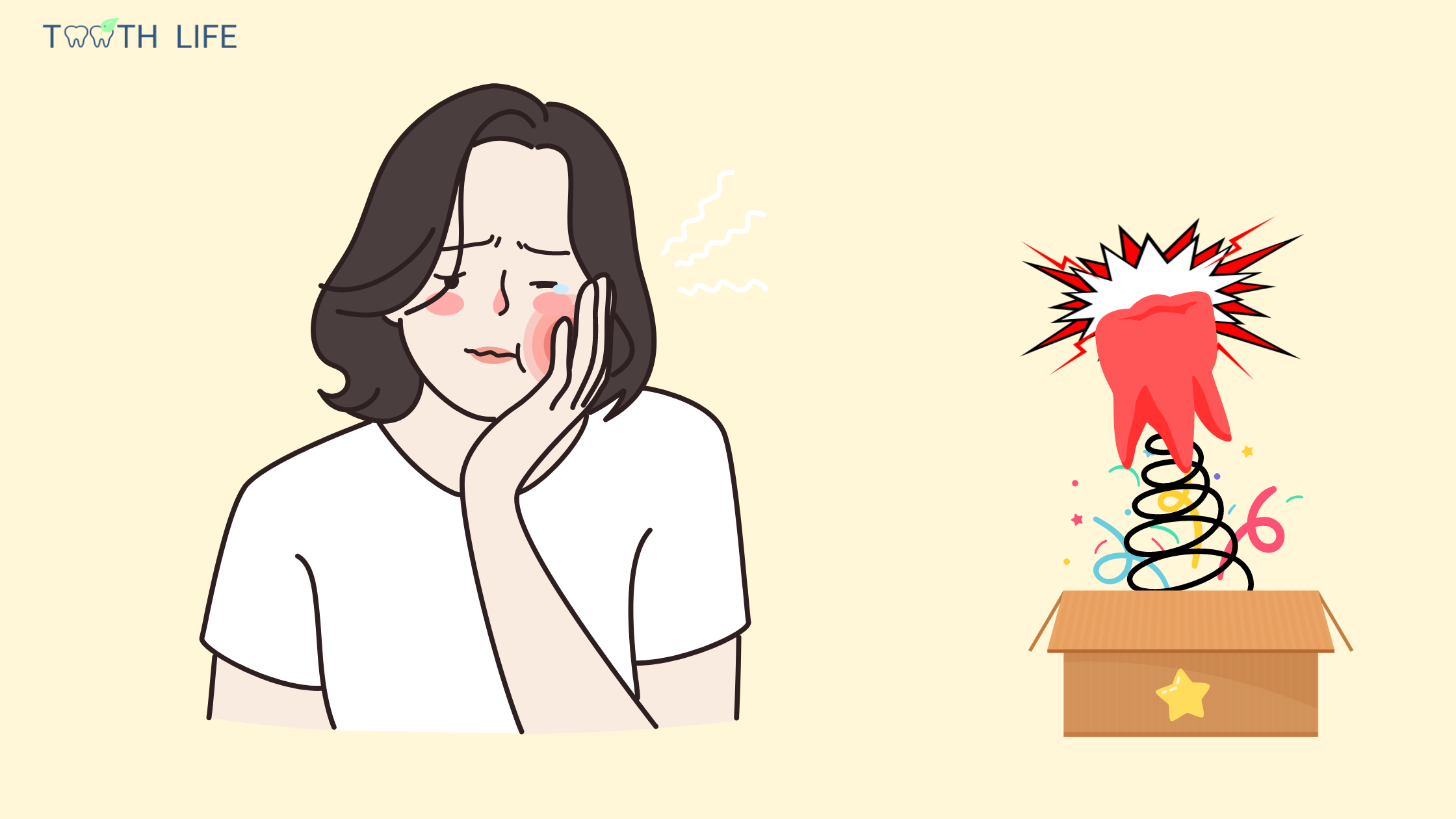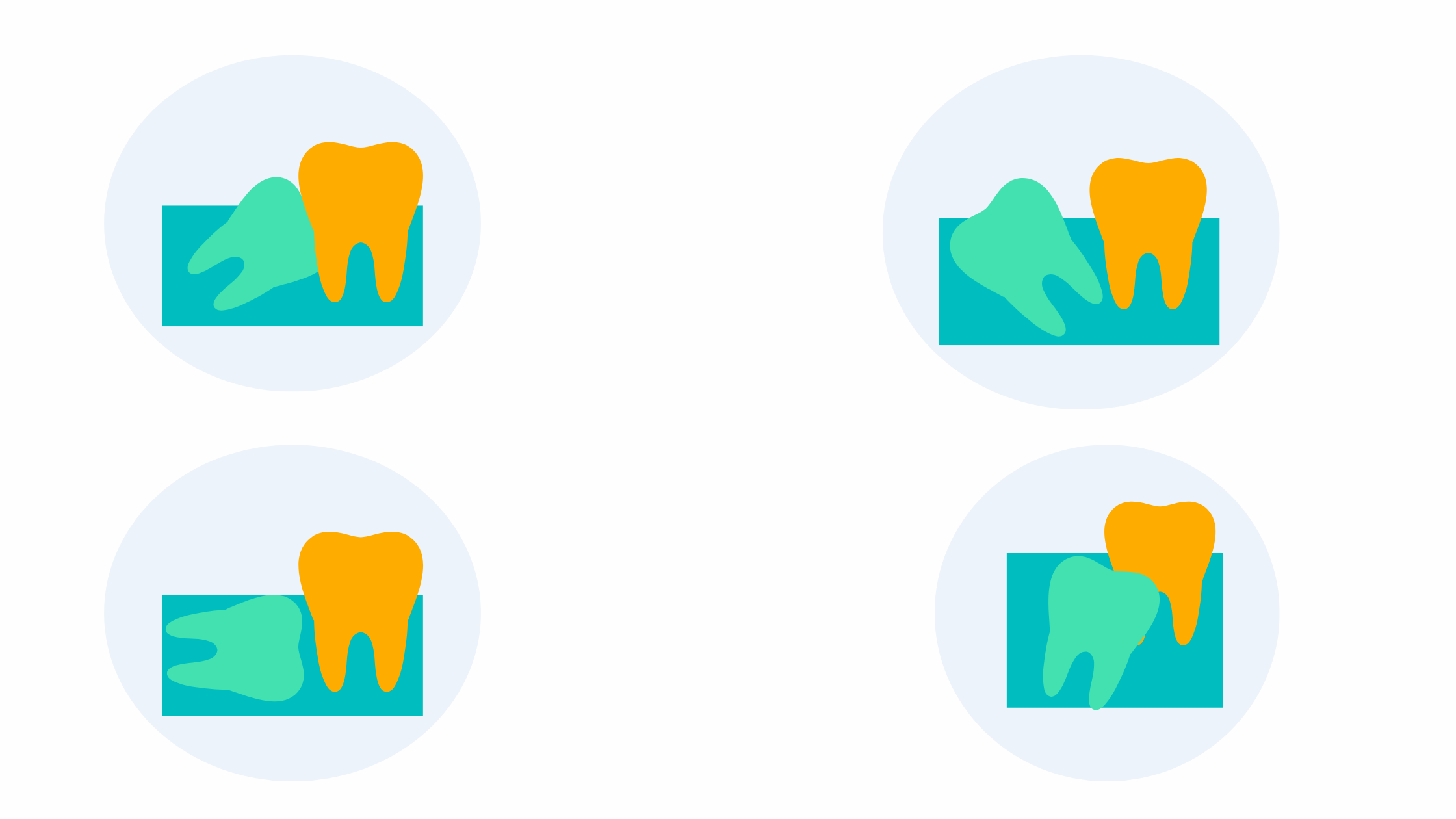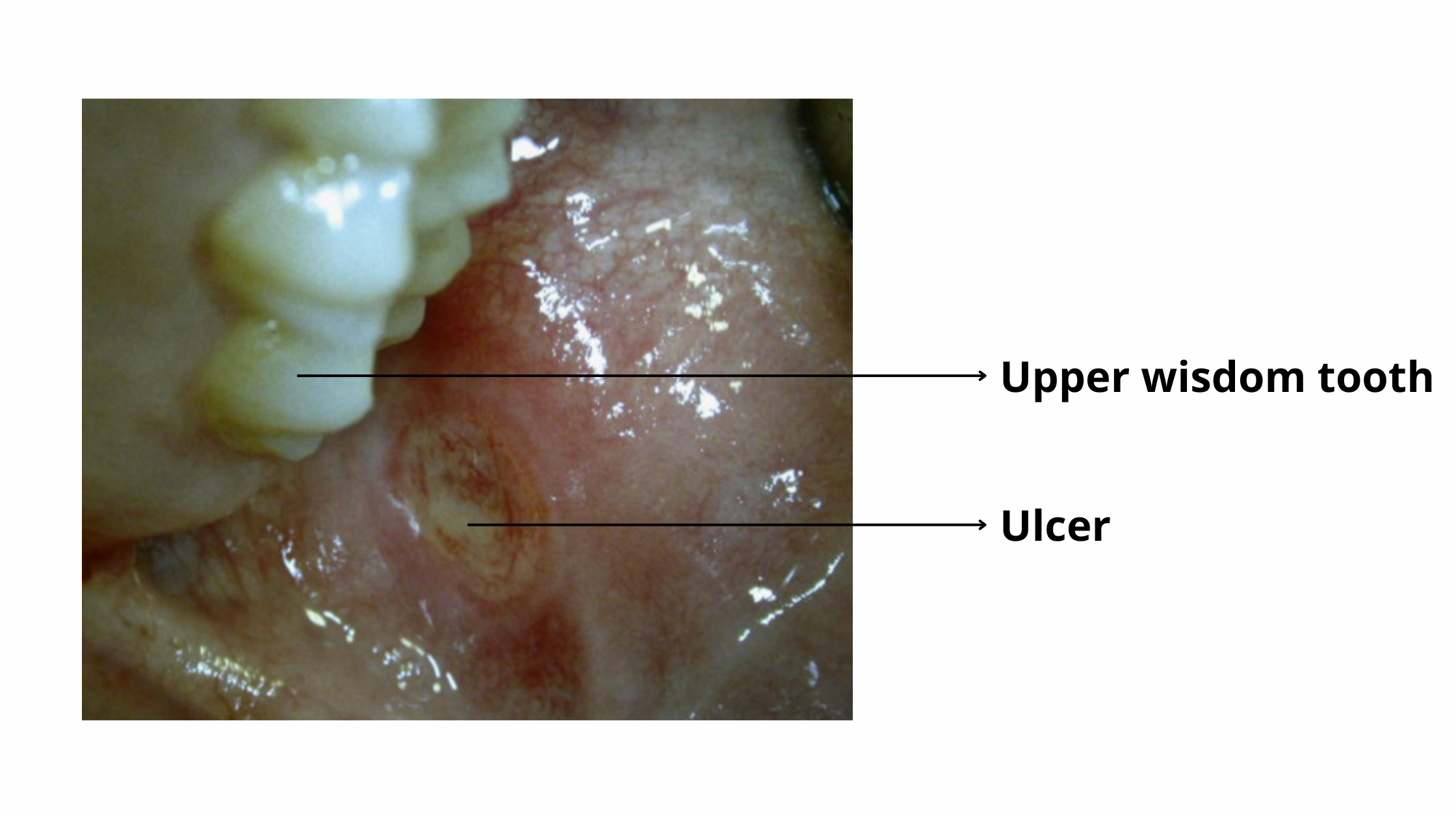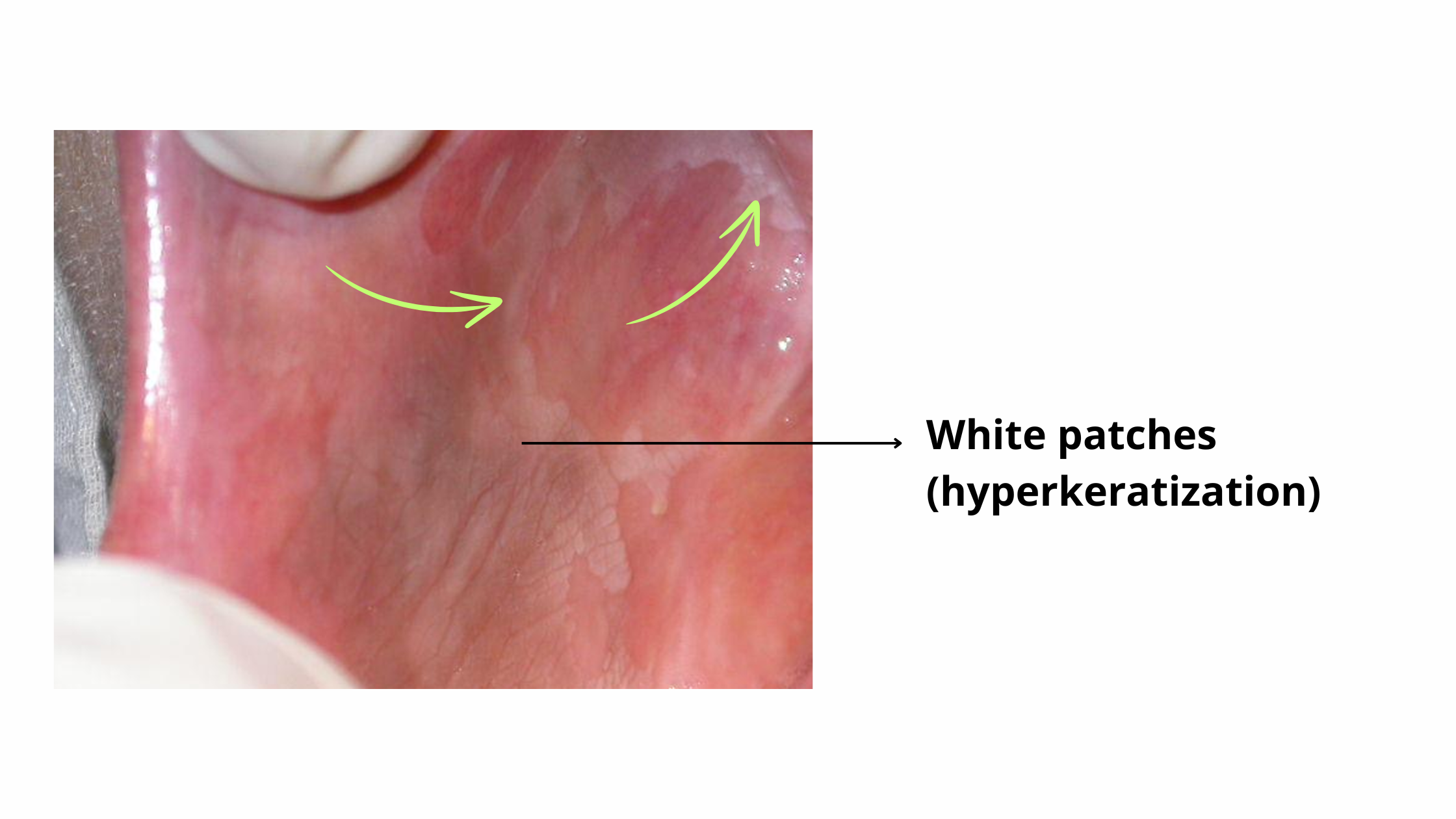My Wisdom Tooth is Growing into my Cheek (don't ignore it!)

Wisdom teeth don’t always grow straight or vertically. Because there often isn’t enough space in the jaw, they tend to come in at an angle.
In some cases, they grow tilted toward the cheeks. When this happens, their sharp chewing surface can constantly rub against the inside of your cheek, leading to irritation and even repeated biting injuries.
Keep reading to learn more about this common problem with wisdom teeth.
In some cases, they grow tilted toward the cheeks. When this happens, their sharp chewing surface can constantly rub against the inside of your cheek, leading to irritation and even repeated biting injuries.
Keep reading to learn more about this common problem with wisdom teeth.
In this article:
1. Wisdom teeth can sometimes grow right into the cheeks
2. Why do wisdom teeth often grow in such odd positions?
3. Symptoms of wisdom teeth growing into the cheeks
4. Can a wisdom tooth growing into your cheek cause serious concerns?
5. Should a wisdom tooth growing into the cheek be removed?
Wisdom teeth can sometimes grow right into the cheeks
Unlike other teeth, wisdom teeth don’t follow a consistent pattern of growth. They can vary in shape, number of roots, position, and the direction they grow.They might come in straight, flat, or at odd angles. Often, they don’t come in at all. They stay stuck in the bone (impacted), which happens in about 18.97% to 30.80% of cases.
One common issue is when the chewing surface of a wisdom tooth points directly toward the inside of your cheek.
Each time you chew or even talk, those sharp edges can rub against your cheek, causing irritation. Over time, this can lead to various injuries—like ulcers, small cuts, white patches, or even thickened, lumpy growths.
Why do wisdom teeth often grow in such odd positions?

One major reason is a lack of space in the jaw. When there isn’t enough room for wisdom teeth to come in properly, they start to tilt or shift direction.
The most common scenario is when they lean toward the adjacent molar. But in reality, wisdom teeth can grow in any direction.
When they are growing in the wrong direction, they can lead to many complications, such as infections, pain, cavities, and even damage to nearby teeth and soft tissues.
Here are a few other reasons why wisdom teeth may grow in unusual positions:
- Trauma: A hard hit to the jaw or a fall while your wisdom teeth are still developing can affect their position and growth path inside the bone.
- Obstacles: Sometimes, a physical blockage like a cyst or tumor can prevent the tooth from erupting properly, throwing off its natural direction.
- Genetic Factors: Your genes determine how your teeth align—and even whether you will have wisdom teeth at all.
Symptoms of wisdom teeth growing into the cheeks
The most obvious sign is when the sharp chewing surface of the wisdom tooth constantly presses against the soft tissue of your cheek anytime you talk or chew. This issue is more likely with upper wisdom teeth than with lower ones.
Symptoms can range from mild to severe, including:
- Painless bite marks or white patches
- Painful injuries like ulcers, cuts, or tears in the cheek lining
Here’s a breakdown of these symptoms:
Ulcers or Sores:
These develop when the irritation is strong enough to break through the outer lining of the cheek. They can look like regular canker sores, but may be larger, deeper, and have uneven borders. These ulcers are often very painful—especially when you eat something acidic, spicy, or hot.Cuts or Lacerations:
These are more serious. They appear as actual tears in the cheek lining. They cause sharp pain, bleeding, and may become infected.White Patches (Frictional Keratosis):
If the irritation is mild but long-lasting—over months or years—the body responds by producing extra keratin (a protective protein). This condition is called frictional keratosis. It appears as a white, thickened patch that can’t be wiped off and forms exactly where the cheek is repeatedly rubbed. The severity of these symptoms often depends on the height and angle of the wisdom tooth. The higher and more tilted it is, the more likely it is to rub harder against your cheek and cause significant damage.
The severity of these symptoms often depends on the height and angle of the wisdom tooth. The higher and more tilted it is, the more likely it is to rub harder against your cheek and cause significant damage.
Can a wisdom tooth growing into your cheek cause serious concerns?
Any persistent irritation in your mouth should be taken seriously.Chronic, long-lasting irritation of any kind—though rare—can sometimes lead to more serious conditions. One of the best-known is leukoplakia.
It appears as painless white or gray patches on the mouth lining. Most of the time, leukoplakia is harmless and benign, and may not need any treatment.
However, studies show that in 1% to 36% of cases, it may show abnormal cellular changes called dysplasia.
And dysplasia is a red flag for potential oral cancer development.
If you notice white patches in your mouth, especially ones that persist and can't be rubbed off, get them checked out as soon as possible.
While it’s more likely to be something harmless like frictional keratosis, there’s no way to be sure just by looking.
If the area appears suspicious, a biopsy may be needed to rule out any serious conditions.
Should a wisdom tooth growing into the cheek be removed?
If your wisdom tooth is angled toward your cheek and causing injuries, the most effective long-term solution is usually to have it removed.The good news is that removing a wisdom tooth won’t affect your bite or ability to chew, as long as your other teeth are healthy.
But what if you’d rather keep the tooth—can anything be done?
Yes, in some cases. It depends on how severely tilted the tooth is.
- If the tooth is only slightly angled, your dentist may smooth the sharp edges in a simple procedure called coronoplasty. The goal is to round off the chewing surface so it stops irritating your cheek.
- If the tooth is severely angled and constantly presses hard against your cheek, coronoplasty won’t fix the problem. In this case, extraction is the best option.
Either way, don’t delay seeing your dentist. Wisdom teeth can be like time bombs. Just because they’re not causing major trouble now doesn’t mean they won’t later.
Your dentist will assess your situation and help you choose the best treatment.
- Prevalence and pattern of third molars impaction: A retrospective radiographic study - PMC (nih.gov)
- Impacted wisdom teeth - PMC (nih.gov)
- Applied Sciences | Free Full-Text | Effect of Genetic and Environmental Factors on the Impaction of Lower Third Molars (mdpi.com)
- Dysplasia Treatment AAOM 2018.pdf
- Predicting Cancer Development in Oral Leukoplakia: Ten Years of Translational Research1 | Clinical Cancer Research | American Association for Cancer Research (aacrjournals.org)
- Oral cancer associated with chronic mechanical irritation of the oral mucosa - PMC (nih.gov)